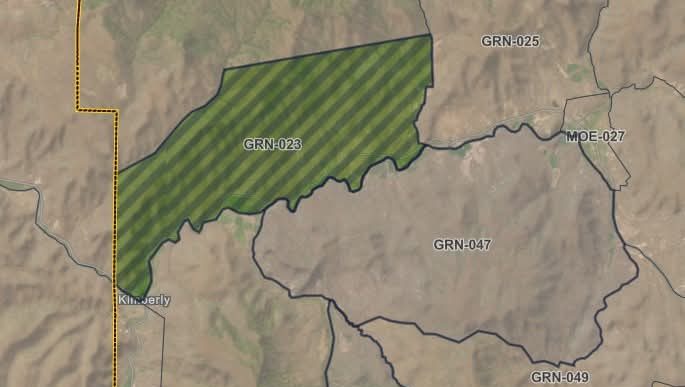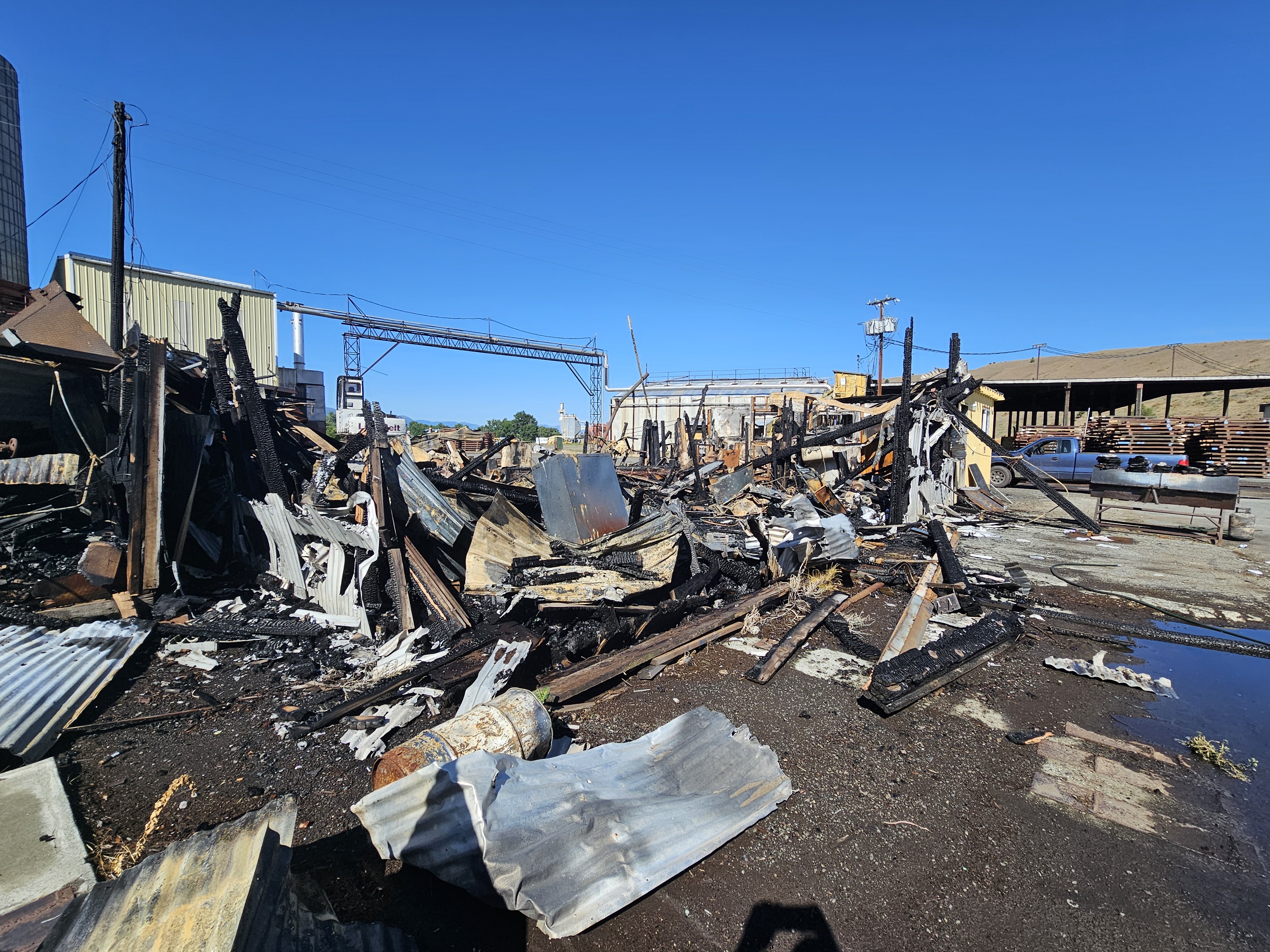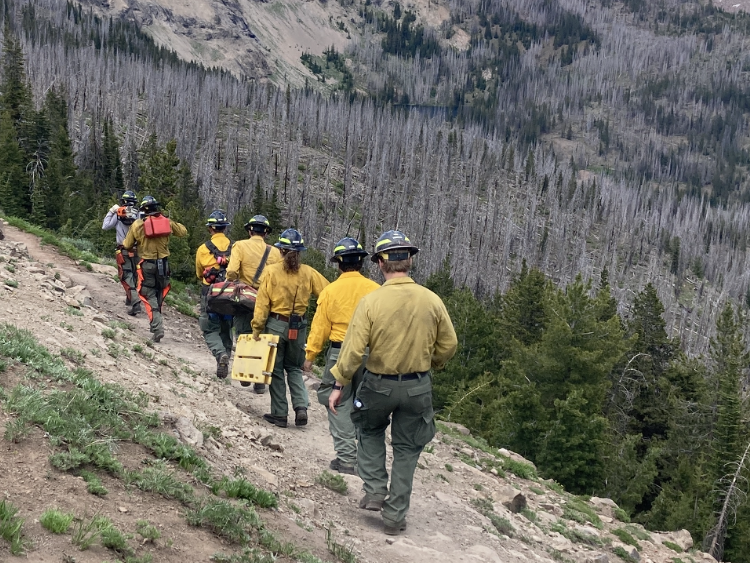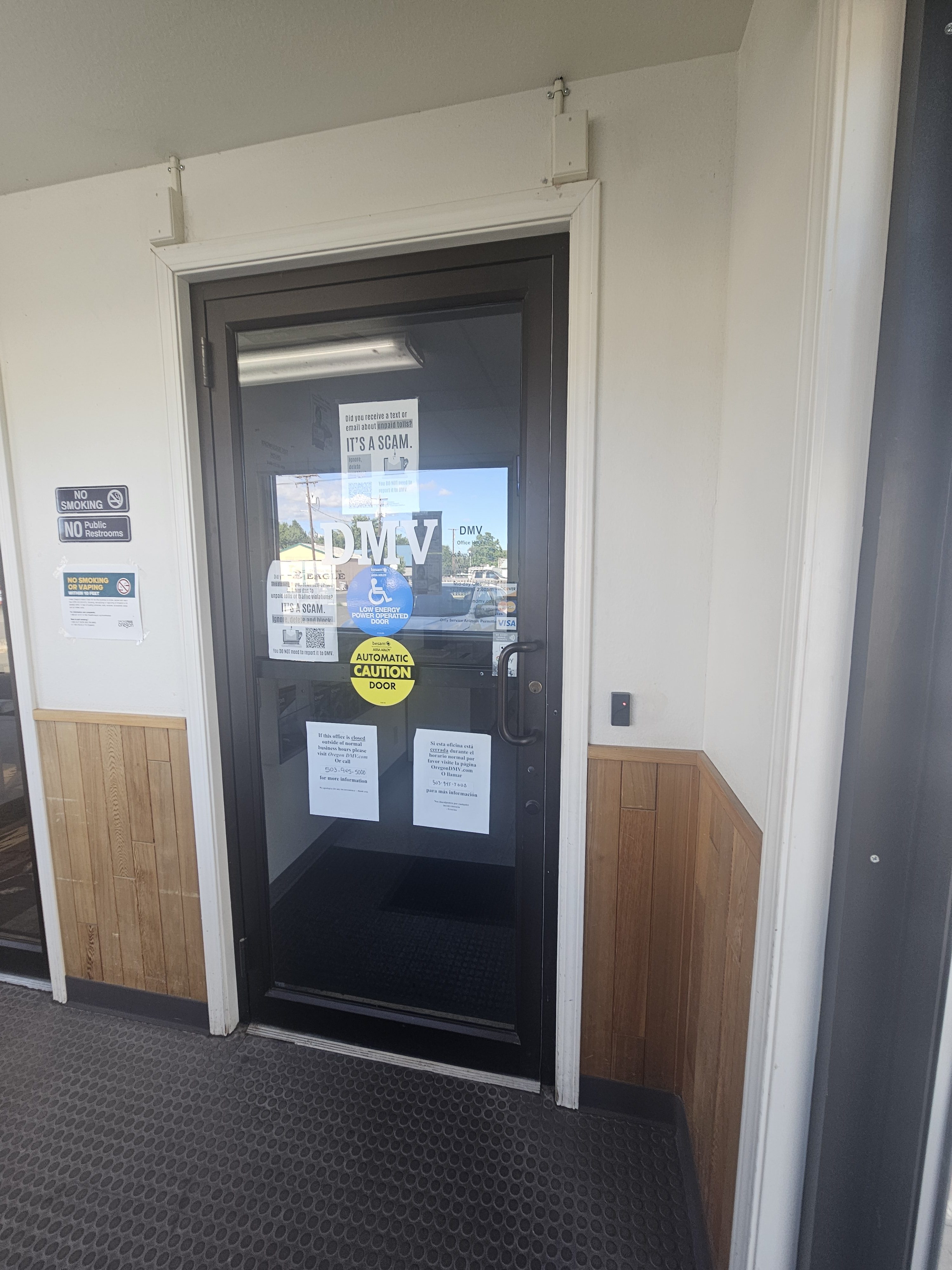Title IX has created opportunities for local athletes
Published 5:00 am Saturday, July 2, 2022

- Pendleton third baseman Sam Wilks celebrates an out early in the Bucks’ 2-0 win June 4, 2022, over Wilsonville in Eugene during the Oregon School Activities Association Class 5A state softball game.
HERMISTON — When Kay Edwards was in high school in Kellogg, Idaho, Title IX was just in its infancy.
Trending
The former Hermiston softball and volleyball coach graduated from Kellogg in 1975 and went on to play volleyball and basketball at Boise State University. In her time, she has seen the benefits of Title IX from her playing days to what it afforded her daughters and now her granddaughters.
“When I was at Boise State, there was no money (for scholarships), it just wasn’t there yet,” Edwards said. “I have daughters who have benefited from it (Title IX), and now two granddaughters. I love the opportunities they have now, but I still encourage them to do a little research. It always puzzles me that people don’t see it as an absolute. Athletes are athletes.”
June 23 marked the 50th anniversary of Title IX, which was crafted by Oregon Rep. Edith Green and Hawaii Rep. Patsy Mink.
Trending
The document was just 37 words, but they were powerful words.
“No person in the United States shall, on the basis of sex, be excluded from participation in, be denied the benefits of, or be subjected to discrimination under any education program or activity receiving Federal financial assistance.”
Things have changed a lot in the past 50 years, mostly for the good, when it comes to women’s athletics.
According to a recent report, co-authored by Courtney Flowers, a sports management professor at Texas Southern University, 3 million more high school girls have opportunities to participate in sports now than they did before Title IX.
The latest numbers show women make up 44% of all college athletes, compared to 15% before Title IX.
In Oregon, 30,995 female athletes participated in sports during the 2021-22 school year. The numbers do not include band, choir, orchestra or speech and debate.
The amount of female athletes is down from years before, but that is not uncommon, according to Oregon School Activities Association Assistant Executive Director Kyle Stanfield.
“The numbers are provided by the schools,” he said. “The data is there for the national federation data. We are cognizant that the numbers are down, but it’s cyclical. In a couple of years the numbers may go up, especially after the past couple of years.”
Oregon has held state championships for girls since 1948, but it wasn’t until after Title IX that mainstream sports like basketball and volleyball had a state tournament.
The first Oregon state championship for girls was swimming in 1948. Tennis followed in 1949, track was added in 1967 and golf came in 1971.
Oregon held its first state volleyball and cross-country championships in 1974, basketball in 1976, and soccer in 1977. Softball was added in 1979, and wrestling came in 2019.
We’ve come a long way
Growing up, Edwards said she played everything from football to basketball with her brothers and their friends.
“I got to middle school and I didn’t understand why I couldn’t play with them anymore,” she said. “I never understood why a female was less than.”
Edwards said the only sport available to girls in Kellogg until 1973 was track and field. Volleyball and basketball came in when she was a sophomore.
“There was no funding for volleyball,” she said. “We had no uniforms and no money for buses. We made T-shirts with our numbers on them and our parents had to drive us to games.”
The girls basketball team had uniforms, just not new ones.
“Our basketball uniforms were the old JV boys uniforms,”she said. “They didn’t fit very well, so we wore the tops like pennies with T-shirts underneath. We did get buses. Our coach was the JV boys coach from the year before and he coached us like boys, which was great. There were no state tournaments back then.”
Edwards and her family moved to Hermiston in 1986. Over the past 36 years, she has seen tremendous improvement in girls athletics.
“In 1986, there was not a softball field in Hermiston,” Edwards said. “There was one baseball field for Little League. We fought and got permission from a farmer and he let us cut down the infield on a piece of land. We had throw-down bases and a temporary backstop. From there, we moved to what is the practice football field at the high school.”
By the time her daughters were in high school, things were different, and better.
“Our current administration does a great job making sure things are equal, from the high school to the administrative office, to make sure that the girls have the same opportunities that the boys have,” Edwards said. “It’s very well thought out. Larry (Usher, Athletic Director) does an outstanding job.”
Usher said the school district does everything it can to provide opportunities for female athletes.
“Our participation rate between males and females is pretty good,” he said. “We’ve added slow pitch (softball), bowling and girls wrestling. We wanted to add these for our female athletes who traditionally don’t participate in other sports. Adding the new softball facility was big for Title IX. I’m glad that it’s here. It’s pretty nice.”
Edwards had two daughters go on from Hermiston to play college basketball — Alissa at University of Oregon, and Angela at Pacific University. Her daughter Jessie golfed at Columbia Basin College.
At present, her granddaughter Kaylee Young is on the track team at Central Washington University, and Bailey Young is headed to Eastern Washington University for track.
More than a dozen Hermiston female athletes have singed letters of intent this year to compete at the college level in everything from dance to wrestling.
Edwards has two granddaughters still at Hermiston. Izzy Simmons was a starter on the Hermiston girls basketball team, while Avi Edwards came off the bench. Both will be sophomores.
“I look at the fact that a female can earn a full scholarship,” Edwards said. “That wasn’t possible before Title IX. It’s a big improvement. I’m glad there are generations who are reaping the benefits of the hard work of other women.”
In Pendleton, Athletic Director Mike Somnis said he believes the girls outnumber the boys when it comes to participation. The softball and basketball programs had three full teams, the tennis team had more than 30 girls out this spring, and the school has an award-winning dance program.
The softball team won the 5A state title in June, and the Bucks have players signed to play at the college level.
“Our female population is well represented,” he said. “I would love to see bowling in Oregon. Girls wrestling is really starting to take off in Oregon. In the local youth wrestling programs, there are some girls coming up. All of our facilities are open to everyone. There is an opportunity for everyone if they want it.”
EOU was a pioneer for women’s sports
Eastern Oregon University Athletic Director Anji Weissenfluh said Title IX was woven into the culture at the university long before she arrived in La Grande.
“I have been fortunate in my time at Eastern,” she said. “My predecessors, Peggy Anderson and Rob Cashell, have been building it for decades. I think Eastern is a leader in gender equity. Eastern has been at the forefront in making sure everything was equitable from locker rooms, facilities and sports. I have been able to continue that.”
EOU will hold a Title IX celebration Oct. 22 during its homecoming. At that time, the university will honor Anderson.
“We are excited to celebrate her and her impact on women’s sports,” said Weissenfluh, who has seen lacrosse and wrestling added to the women’s sports lineup over the past few years. “She is going to come back and we are going to celebrate her and what she did at Eastern. She coached a lot of sports and added sports.”
Cashell, now the commissioner of the Cascade Collegiate Conference, carried on Anderson’s mission for equality in women’s sports.
“Now, in his line of work, he does presentations on Title IX at NAIA national conventions,” Weissenfluh said. “I’m fortunate there were pioneers who fought hard. I didn’t feel like I had to fight for the opportunities. I am thankful for that.”









